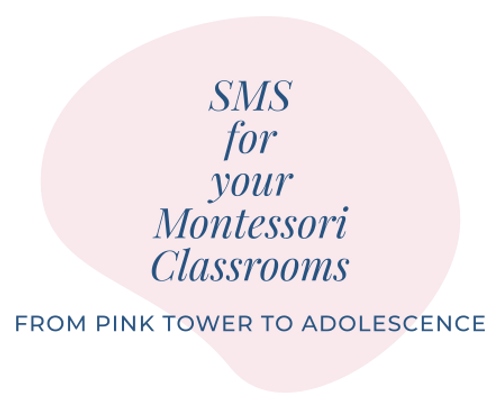Observation: The Heart of Montessori Practice, from Early Childhood to Adolescence
- Anne Slamkowski
- May 27
- 2 min read

In Montessori education, observation is not a passive activity—it is the cornerstone of the guide’s work. Dr. Maria Montessori wrote: “The teacher must understand the child, observe his development, and provide what is necessary to aid his growth” (The Absorbent Mind, 1949, p. 252). Observation enables guides to tailor the environment and interactions to each learner’s evolving needs. In secondary education, this foundational practice becomes even more essential as adolescents navigate complex cognitive, social, and emotional changes.
The Role of Observation in Secondary Montessori
In Montessori secondary classrooms, observation allows guides to:
Assess student engagement: Not just whether students are on task, but how they interact with materials, peers, and their environment.
Identify learning needs: Observation uncovers emerging patterns—whether a student is excelling, struggling, or disengaging—guiding appropriate interventions.
Understand social dynamics: Adolescence is a period of intense social learning. Observing how students collaborate, negotiate, and resolve conflicts provides insights into group norms and individual development.
Promote independence: Montessori emphasized the need for adults to step back and allow self-regulation. Observing when to intervene and when to let students navigate challenges is key (Montessori, From Childhood to Adolescence, 1948).
Research-Backed Insights into Observation and Adolescents
Observation in adolescence is supported by modern developmental research. Dr. Daniel Siegel explains that the adolescent brain is undergoing significant integration of cognitive and emotional processes (Siegel, Brainstorm, 2013). By observing adolescents with an understanding of their brain development, guides can better support executive function, social learning, and emotional regulation.
Observation also helps identify opportunities to build resilience and adaptability. When guides recognize moments when adolescents are self-regulating, problem-solving, or demonstrating empathy, they can affirm and reinforce these behaviors (Montessori, 1948; Siegel, 2013).
Practical Observation Strategies in Secondary Montessori
Structured and Unstructured Observation: Combine formal observation periods (with focused note-taking) with informal observations during work cycles, group projects, and community meetings.
Observation Journals: Keep ongoing records of individual and group observations, noting growth, challenges, and social interactions.
Reflective Practice: Use observation to inform decisions about the environment, lesson design, and interpersonal interventions.
Feedback Loops: Share insights with students through reflective conversations, promoting metacognition and self-awareness.
Why Observation Matters
Observation in Montessori secondary education is not surveillance—it is respectful attention to the unfolding development of each adolescent. As Montessori wrote: “The child is not an empty being to be filled but a potential force to be released” (The Absorbent Mind, p. 258). Through observation, guides create environments that honor this potential, fostering autonomy, critical thinking, and social responsibility.
References
Montessori, Maria. The Absorbent Mind. 1949.
Montessori, Maria. From Childhood to Adolescence. 1948.
Siegel, Daniel. Brainstorm: The Power and Purpose of the Teenage Brain. TarcherPerigee, 2013.




Comments